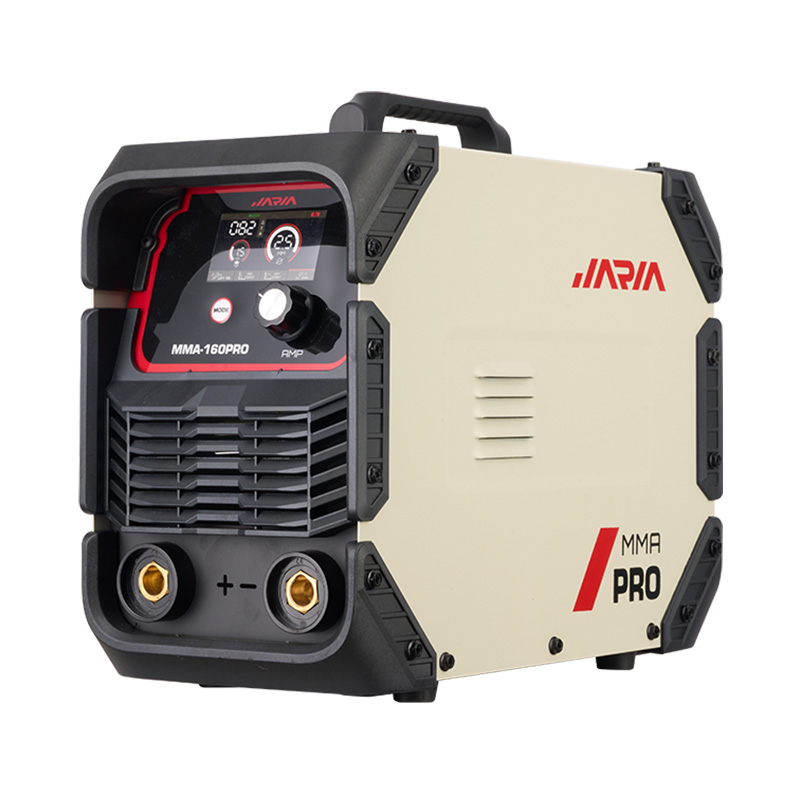Welding is a process that involves joining two metal parts together through melting and smoothing at the joint. Welding may seem like a simple process to an untrained eye, but in reality, it requires precision and accuracy. When it comes to welding, there are two methods that are commonly used: MMA and MIG Welding. Although both methods are used in welding, beginners often find it challenging to differentiate between the two. In this article, we explore the key differences between MMA and MIG Welding.
1. MMA Welding
MMA welding stands for Manual Metal Arc Welding. It is also referred to as Shielded Metal Arc Welding (SMAW). This process involves using a consumable electrode covered in flux to create an arc between the electrode and the metal being welded. The arc produces enough heat to melt the electrode and the metal, and the resulting molten metal fills the gap between the two metal parts being joined. As the weld cools, it solidifies, creating a strong and durable joint.
The electrode used in MMA welding comes in various sizes, and the size chosen depends on the thickness of the metal being welded. MMA welding is a flexible and versatile welding method that can be used on different types of metals and in a variety of positions.
2. MIG Welding
MIG Welding stands for Metal Inert Gas Welding. It is also known as Gas Metal Arc Welding (GMAW). This process involves using a wire-fed welding gun that delivers a continuous supply of wire electrode to the joint being welded. The welding gun also delivers a shielding gas to protect the molten metal from atmospheric contamination. The arc generated by the gun provides the necessary heat to melt the electrode and the metal, creating a molten pool that solidifies to form a joint.
MIG welding is an efficient method of welding that works well on thin metals and produces a clean, smooth weld. It is widely used in manufacturing industries that require high-quality welding.
3. Key Differences between MMA and MIG Welding
Shielding Gas: The main difference between MMA and MIG welding is the use of shielding gas. MMA welding requires no shielding gas, while MIG welding requires a shielding gas to protect the molten metal from contamination.
Equipment: MMA welding requires a welding machine that delivers a constant current to the electrode, while MIG welding requires a welding machine that delivers a constant voltage to the wire feeding gun.
Electrode: MMA welding uses a consumable electrode that needs to be replaced regularly, while MIG welding uses a wire-fed electrode that doesn't require replacement.
Position: MMA welding can be used in all positions, while MIG welding is best suited for welding in horizontal and flat positions.
Conclusion
MMA and MIG welding are widely used in welding, but they differ in their techniques, equipment, and the metals they can weld. MMA welding is more versatile and can be used for different types of metals and positions, while MIG welding is more efficient and produces a clean, smooth weld. The choice of welding method depends on the type of metal being welded, the welding position, and the skill level of the welder.

 英语
英语 西班牙语
西班牙语 阿拉伯语
阿拉伯语







